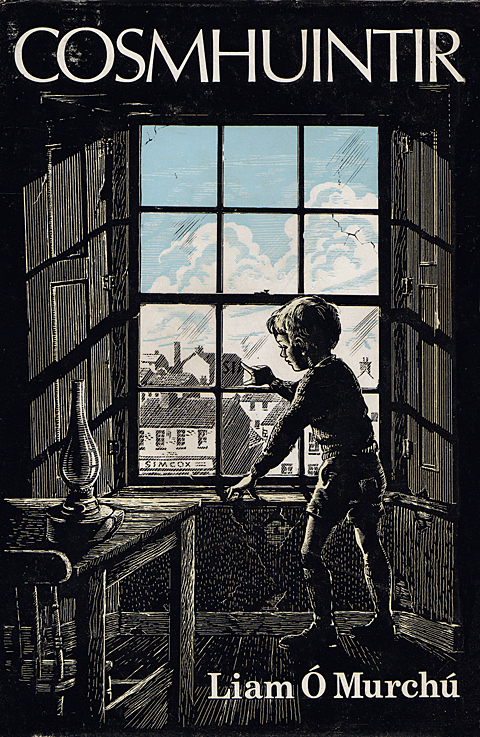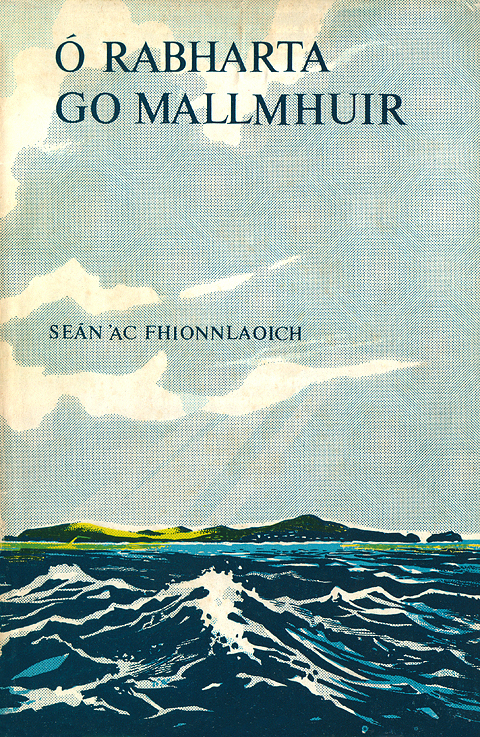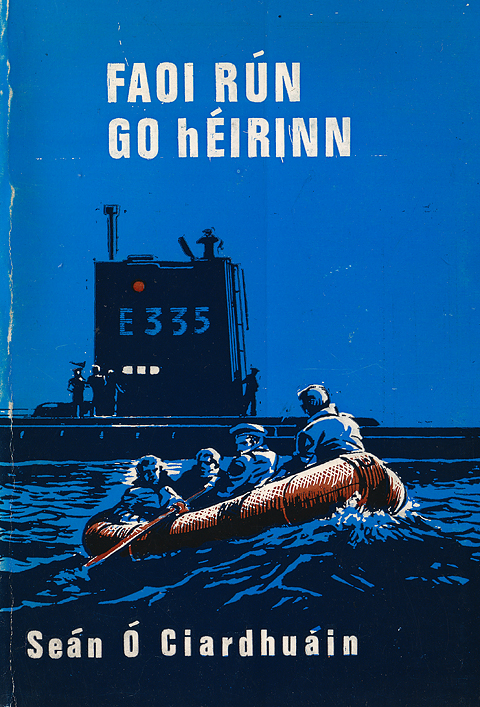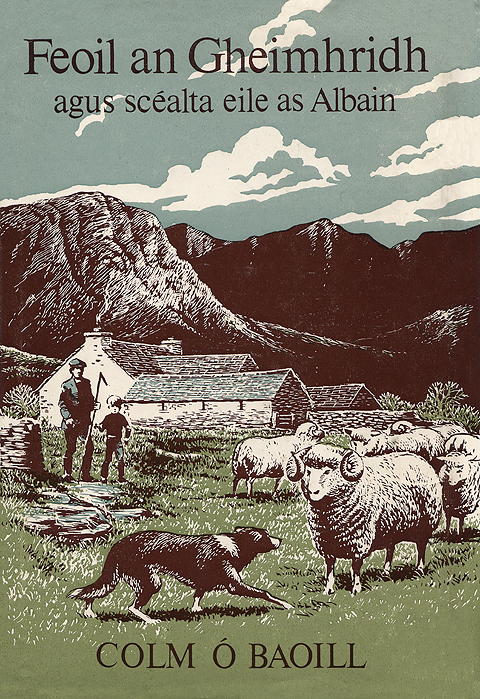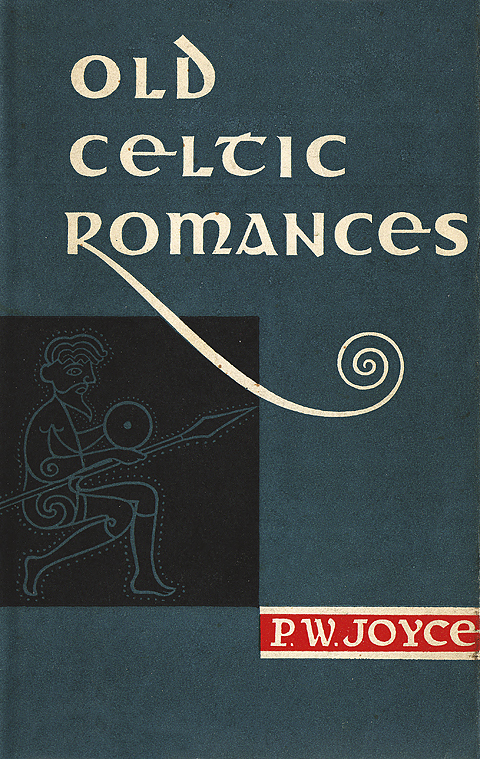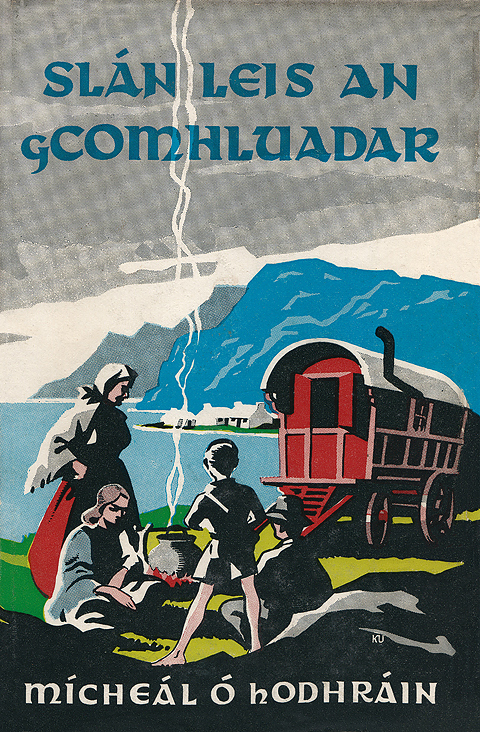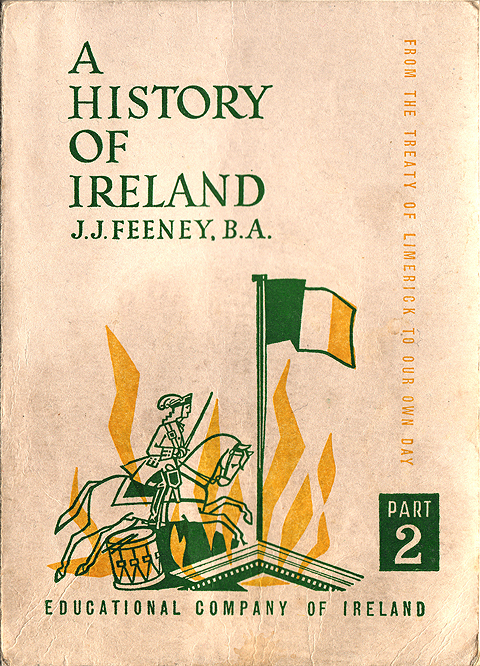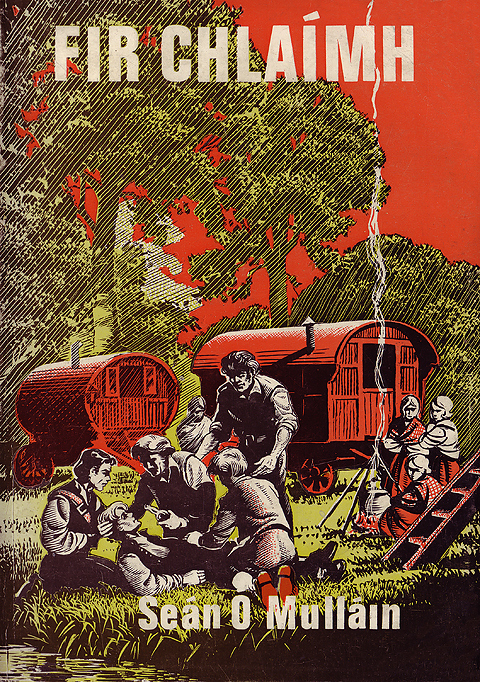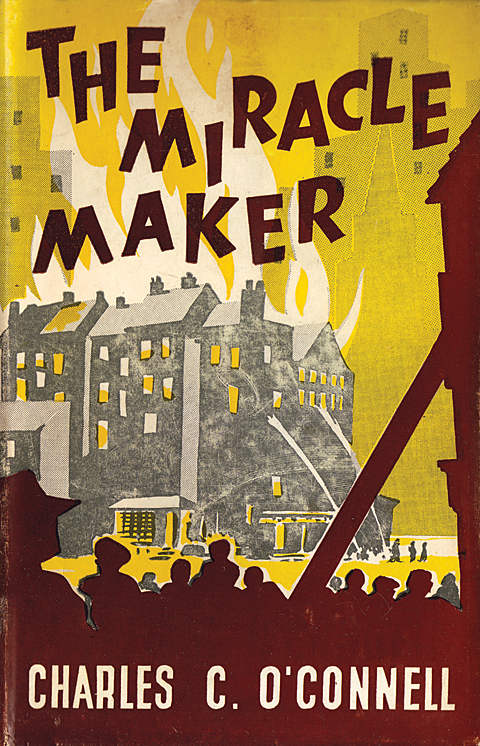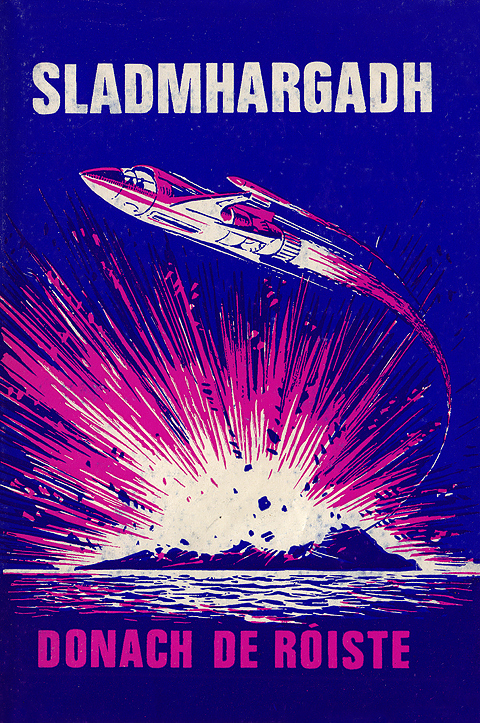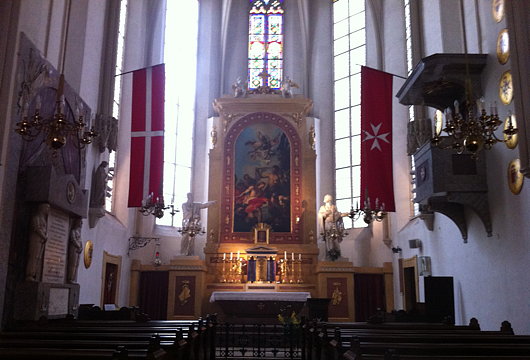2013 March
About Andrew Cusack
 Writer, web designer, etc.; born in New York; educated in Argentina, Scotland, and South Africa; now based in London.
Writer, web designer, etc.; born in New York; educated in Argentina, Scotland, and South Africa; now based in London. read more
News
Blogs
Reviews & Periodicals
Arts & Design
World
France
Mitteleuropa
Knickerbockers
Argentina
The Levant
Africa
Cape of Good Hope
Netherlands
Scandinavia
Québec
India
Muscovy
Germany
Academica
The Cathedral of the Bronx
The Augustinian Church of St Nicholas of Tolentine
The Church of St Nicholas of Tolentine dominates the busy intersection of University Avenue and West Fordham Road in the Bronx. The parish was erected by the archdiocese in 1906 and has been served by Augustinians ever since then. The present church is a modern gothic creation from 1927, and probably one of the most handsome Catholic churches in the borough — it is often nicknamed “the cathedral of the Bronx”. (Though that style is sometimes also ascribed to St Jerome’s in Mott Haven).
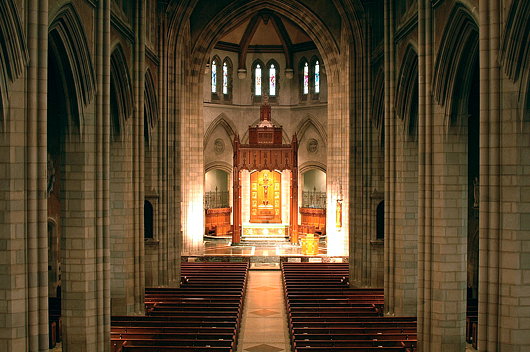
The church is of suitably grand proportions, but the effect is somewhat diminished by the unfortunate use of bulky wooden pews. They are ill-suited to such a large church, and detract from the spaciousness of the interior. This is unfortunately a very frequent problem in the United States, where clumsy pews crowd even great cathedral churches like St Patrick’s in Manhattan or the glorious Cathedral Basilica in St Louis. Regardless, St Nicholas of Tolentine is a splendid ornament in this borough of many churches. (more…)
Better late than never
Old hat already, but following the announcement of Benedict XVI’s abdication, the Los Angeles Times solicited opinions from eleven American Catholics — among them your humble & obedient scribe — what they would like to see in the new pope.
I posted in on Twitter, but in case you didn’t catch it there, you can find my contributions (in addition to those of the ten others) at this link. (more…)
Scipione Perosini’s Imperial Palace
An ambitious Italian’s mad plan to bulldoze the Roman Forum, destroy Michaelangelo’s Piazza del Campidoglio, and build a Napoleonic palace atop the Capitoline Hill.
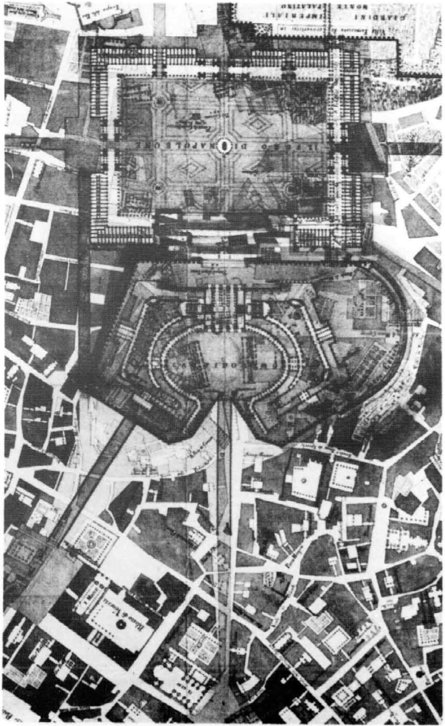 Some architectural projects are just so completely mental and insane that you actually have to doff your cap to the creativity of their inventors. Scipione Perosini’s ‘Projet d’un palais impérial à Rome’ is one such plan.
Some architectural projects are just so completely mental and insane that you actually have to doff your cap to the creativity of their inventors. Scipione Perosini’s ‘Projet d’un palais impérial à Rome’ is one such plan.
In the 1800s, with Napoleon the master of Europe, prominent citizens of various Italian cities submitted plans for the architectural aggrandisement of their communities under the beneficent patronage of the revolutionary monarch. In Rome, the architect and hydraulic engineer Scipione Perosini drafted his project for a imperial Napoleonic megapalace.
Atop the Capitoline, Michaelangelo’s Piazza del Campidolgio would be destroyed except for the Palazzo dei Senatori, which would be the central focus of a massive neo-classical palace encompassing the entire Capitoline Hill. From the Hill, a series of terraces would cascade down to the Roman Forum, which would be demolished and paved over to form a new ‘Foro di Napoleone’ celebrating the emperor. Across the Forum, on the Palatine, a new imperial residence circled by gardens would house Napoleon, who proclaimed himself King of Italy, during his prospective stays in the second capital of his empire. (more…)
Irish Vienna
THE IRISH, of course, have a long history of interaction with Mitteleuropa, and with Vienna in particular, from the earliest days. After all, one of Vienna’s most prominent churchs is the Schottenstift which was founded in 1155 when Henry II invited monks from the Irish monastery at Regensburg to start an abbey in the capital of his margraviate (Austria was elevated to a duchy the following year, I think).
The Schottenstift and Schottenkirche are often known as the “Scottish Abbey”. This confusion results from the fact that Ireland was formerly known as Scotia in Latin. It was some time before Ireland became known as Hibernia and Scotland as Caledonia. (Scotland literally means “land of the Irish”).
Happily these links continue today. While recently staying in Vienna with a Galwegian friend of mine, a most devoted follower of Saint Coloman, I noted the Irish contents of his flat. (more…)
Hark, the Heralds!
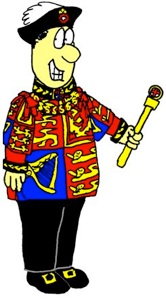
by Jack Carlson
133 pages, hardcover, $15.99
In anticipation of a party in Oriel recently, I enjoyed a pint with some friends by the fire in the King’s Arms and was given a copy of this book, mysteriously shrouded in a plastic bag. Jack Carlson’s Humorous Guide to Heraldry is a welcome addition to the Cusackian library. The author, who wrote the book when he was fourteen, is now an Oxford archaeologist (and rower) but his interests span a broad spectrum. (He is currently researching for a work on rowing blazers, a subject unjustly neglected by academics).
Aficionados of the light-hearted-guide-to-heraldry genre will notice one or two gentle riffs off of Sir Iain Moncrieffe of that Ilk’s Simple Heraldry Cheerfully Illustrated, and, since that book is long out of print, evangelists of heraldry will find A Humorous Guide to Heraldry a useful tool for introducing the uninitiated to the appreciable realms of this field. Godfathers will not want their spiritual charges to grow into adults without being able to distinguish the mêlée from the affronté and every life-long student of the world should be able to recognise a cinquefoil or a pheon.
In short: a worthy purchase for the heraldically inclined.
Jack Carlson’s A Humorous Guide to Heraldry is available here.
Against the Dictatorship of Relativism
Pope Francis continues Benedict XVI’s fight
… But there is another form of poverty! It is the spiritual poverty of our time, which afflicts the so-called richer countries particularly seriously. It is what my much-loved predecessor, Benedict XVI, called the “dictatorship of relativism”, which makes everyone his own criterion and endangers the coexistence of peoples. And that brings me to a second reason for my name. Francis of Assisi tells us we should work to build peace. But there is no true peace without truth! There cannot be true peace if everyone is his own criterion, if everyone can always claim exclusively his own rights, without at the same time caring for the good of others, of everyone, on the basis of the nature that unites every human being on this earth.
“For those tempted to draw an overly sharp distinction between Pope Francis and his predecessor,” John Allen reports, “the new pope offered a clear reminder Friday that he may have a different style than Benedict XVI, but on substance, he’s cut from much the same cloth.”
“In a speech to the diplomatic corps accredited to the Holy See on Friday, Francis lamented not only the material poverty of the early 21st century but also its ‘spiritual poverty,’ meaning a rejection of God and objective standards of morality.”
Also, I found it interesting that the Holy Father noted that his background in an Argentine family of Italian origin impelled him in his role as bridge-builder. Naturally, as someone from an Estadounidense family of Irish origin, I feel a certain parallel kinship to this first American pope.
[Note: The boldface below is mine.] (more…)
Pope Francis’s Arms
The Vatican released information about Pope Francis’s coat of arms on Monday but the image they provided of it was very poorly drafted. Many of us were waiting for the Italian heraldic artist Marco Foppoli to craft his own rendering of our new pope’s arms, and he has duly released it today (see above).
The central motif is the emblem of the Society of Jesus — the Christogram with nails on a sunburst. The star represents the Blessed Virgin while the sprig of nard-flower represents Saint Joseph, the patron of the universal church. Thus the three emblems on Pope Francis’s arms together represent the Holy Family.
Further info available from Il Foglio, Fr Z, and Whispers in the Loggia. (more…)
From the provost
The Provost of the Brompton Oratory, Fr Julian Large, warns Catholics not to let their attitude to the Pope be determined by the media
Shortly before his abdication, Pope Emeritus Benedict XVI delivered an address to the clergy of the diocese of Rome. He reflected on his experiences as an expert at the Second Vatican Council in the 1960s, and on that Council’s effects on the life of the Church. He spoke mysteriously of a contrast between the Council of the Fathers, meaning the proceedings that actually took place around the Pope in the Vatican, and what he called, a ‘virtual Council’, or a ‘Council of the media’. According to Pope Benedict, the real Council was firmly rooted in Catholic doctrine and aimed at renewing the Faith, while the ‘virtual Council’ as presented to the world through the media had a completely different, political, objective. Pope Benedict explained: “this Council [the ‘virtual’ one] created many calamities, so many problems, so much misery, in reality. Seminaries closed, convents closed, the liturgy was trivialised.” Pope Benedict even lamented that this ‘virtual Council’ was stronger than the official Council itself.
Whether or not we agree with this interpretation of the hermeneutics of the Second Vatican Council, we must acknowledge that the media in the world today exerts a formidable power over the information that ultimately determines how we think and live. (more…)
Franciscan Ways
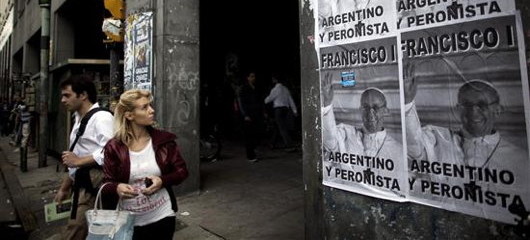
If God is an Argentine then, apparently, the pope is a Peronist. At least that, “a Peronist,” is how much of the local press has chosen to describe Argentine Cardinal Jorge Bergoglio, who on Wednesday was elected pope and took the name of Francis.
 MARTIN GAMBAROTTA
MARTIN GAMBAROTTABergoglio is a son of Buenos Aires. If you happened to stroll through Plaza de Mayo on any given day you could sometimes see Bergoglio preaching to his flock from the steps of the Buenos Aires Cathedral while life went on around him.
Plaza de Mayo has always been a historic place. Now visitors will want to take another look at the cathedral, which for years was the headquarters of who is now Pope Francis.
If Bergoglio’s appointment has redefined the way in which you will look at a building then imagine the effect it will have on the nation’s volatile politics.
Resident of Buenos Aires (aka porteño), now you know what global attention feels like.
The minute Bergoglio’s election was announced the telephones in newsrooms started to ring. (more…)
Una bellissima città mai costruita
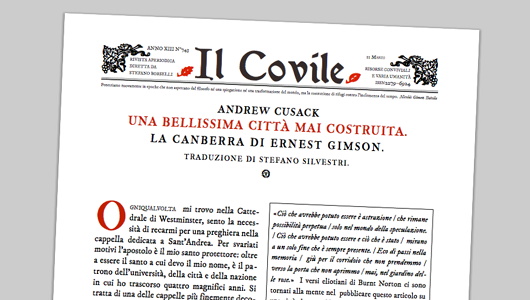
Thanks to Stefano Borselli, the editor of the fascinating periodical Il Covile, you can now read my article on Ernest Gimson’s design for the Australian capital in Italian; click here for the pdf.
I write overwhelmingly in English, and every now and then in Afrikaans, but previous bits of my work have been translated into French, Spanish, Swedish, and Catalan. Naturally, I am very pleased and grateful to Dottore Borselli that I can now include the language of Dante in that mix.
Languages are tricky things. I was raised in English, and studied French at school, along with Afrikaans and Irish in more recent years, but I would really like to improve my German and my Italian. This probably means ending up a jack of all trades and master of none, but one must try…
Pope Francis
THE SACRED COLLEGE have elected Jorge Mario Bergoglio, Cardinal Archbishop of Buenos Aires, to be Rome’s new bishop and our Supreme Pontiff. He has chosen to take the name of FRANCIS.
One immediately recalls the words Our Lord spoke to Francis of Assisi in the great saint’s vision at San Damiano:
We pray that the Holy Father will continue the work of his predecessors in safeguarding the flock, and will do his part to fulfil the task given to his namesake, St Francis of Assisi.
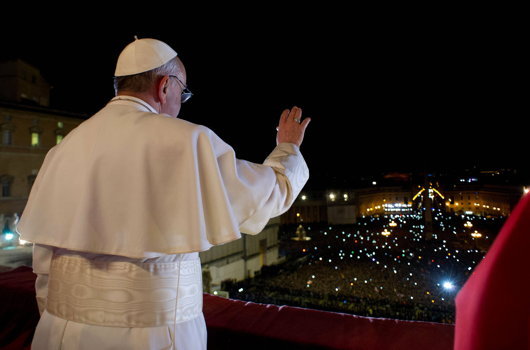
The Swiss model
Harold James advocates scaling up small country democracy, if the members of the European Union are ever to succeed in settling upon a working model of democracy. He explains why the Swiss model of “Konkordanzdemokratie” has much to offer.
From Schweizer Monat via Eurozine.
SWISS PEOPLE TEND to regard their political, social and economic order as something quite unique, that cannot be replicated elsewhere. That is a pity. Switzerland would not only do other countries a terrific favour by exporting its political and social order; it would also help make its own existence more viable, in the midst of an environment that has become quite threatening. Exporting Swissness would be an act of self-interest and not just altruism.
The members of the European Union are in desperate need of a working model of federalism and of democracy. Are there any useful or instructive foreign models for modern Europe in its hour of need? The history of the United States has some appeal. Many Europeans now regularly cite Alexander Hamilton’s famous negotiation in 1790 of the assumption of state debts by the federal government as a model for how a United States of Europe might be created. But the actual turn of events is less than appealing. The individual states embarked on a borrowing binge in the late 1830s, that was then followed by widespread default in the early 1840s. The revenue stream that was used to service the federal debt – the external tariff – represented a necessary part of the Hamilton scheme that was also inherently and intensely conflictual, and proved to be a cause of increased tension between the American North and the South.
Situated in the heart of Europe, the Swiss experience might offer a superior example for modern Europeans. (more…)
Beauty and Revolution
“Schönheit und Revolution: Klassizismus 1770-1820”
Städel Museum, Frankfurt am Main
WHEN IT COMES to styles, I am an omnivore. There are die-hard partisans, like Pugin, but I find the Baroque, the Gothic, the Classical — all are welcome to me. There is always some tiresome bore who, upon hearing any particular style of art or architecture praised, will immediately launch into a tirade against the more negative connotations commonly associated with that style. Gothic is close-minded! Mannerism is affected! The Biedermeier is bourgeois!
Well… ok… to an extent. But, in truth, we brush aside these pedants and appreciate whatever is beautiful wherever it is to be found. Art in its many forms is a giant sponge to squeeze and collect, savor, what comes out of it. (more…)
Gardone 2013

The daily programme of events for the twenty-first Gardone Riviera Summer Symposium organised by the Roman Forum has been released and is worth taking a look at.
As usual, there are a wide variety of subjects to be covered at the annual event:
Understanding of Order and the Modern Age of Extremes
• City Planning, and Catholic Christendom: Baroque and Post-Modern
• The Secularization of the Religious Feast Through the Concepts of
Weekend and Leisure Time
• Catholic Regime Change Today: The Model of the Italian Opera dei Congressi
And many, many more! The overall theme of this year’s gathering is “The Divine Comedy Versus the Theater of the Absurd: Navigating a Path Between Scylla and Charybdis”. For more information, head over to the relevant page on the Roman Forum website.
The Malteserkirche, Vienna
I happened to stumble upon the Order of Malta church in Vienna while meandering down the Kärntner Straße in the middle of a snowy day. It’s a small and relatively simple church consisting of a Gothic nave with an organ gallery. The Order has occupied the site since 1217, though the bulk of the current church dates from the fifteenth century. In 1806, Commander Fra’ Franz von Colloredo had the façade remodelled in the Empire style fashionable at the time. The altarpiece, a painting by Johann Georg Schmidt depicting the Baptism of Jesus by John the Baptist, is from a few decades earlier in 1730, and there is a splendid Neoclassical monument to Jean de la Valette including telamonic Saracens. The church is also decorated with forty coats of arms: five of grand priors, one cardinal, a grand commander, twenty-nine commanders, and one bailiff.
Grazie
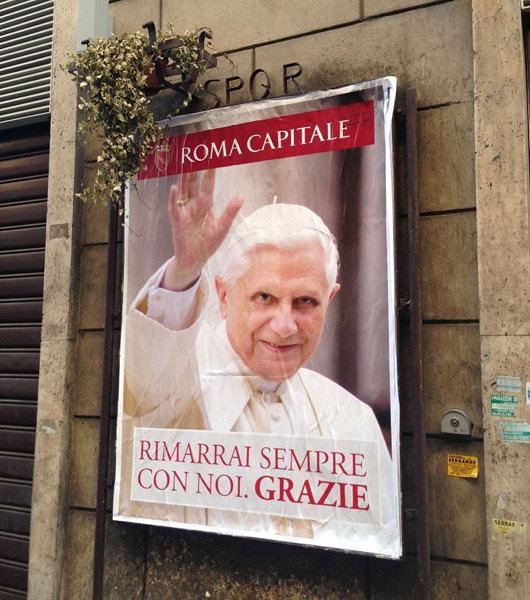
“You will always be with us. Thank you.”
The municipal authorities have put these posters up all around Rome.
The Kaiserforum
The Unrealised Vision of an Imperial Forum for Vienna
SIDLING UP THE KOHLMARKT and entering the Hofburg through the Michaelerplatz is a glorious architectural experience, but viewing Vienna’s imperial palace from the Ringstraße end, one is left with a certain awkwardness. This is because what is now the Heldenplatz, open to the neighbouring Volksgarten, was conceived as part of a great imperial forum, the Kaiserforum, but the scheme has been left incomplete.
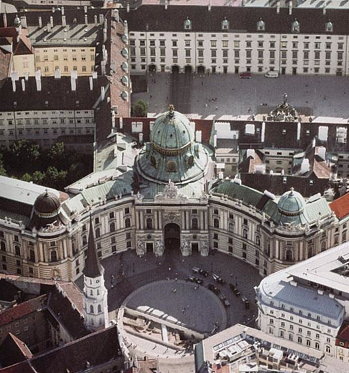
The original impetus for this forum was the plan to build the identical Kunsthistoriches Museum and Natural History Museum across from the Hofburg next to the former imperial stables. Emperor Franz Joseph held a closed competition for four invited architects — Carl Hasenauer, Theophil von Hansen, Heinrich Ferstel, and Moritz Löhr — to conceive of an overall scheme to expand the Hofburg in order to provide an architectural connection to the two new museums. (more…)
Search
Instagram: @andcusack
Click here for my Instagram photos.Most Recent Posts
- Burns Tower April 19, 2024
- Patrick in Parliament March 18, 2024
- Articles of Note: 13 March 2024 March 13, 2024
- Cambridge March 9, 2024
- Taken on Trust March 4, 2024
Most Recent Comments
Book Wishlist
Monthly Archives
Categories

